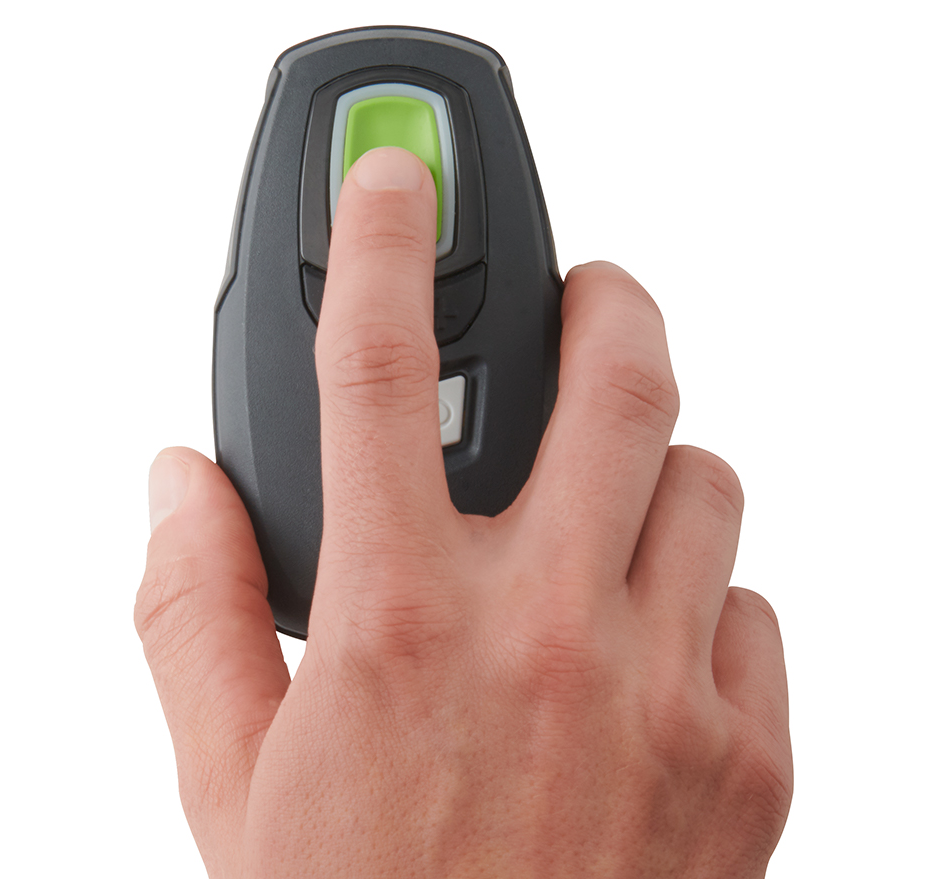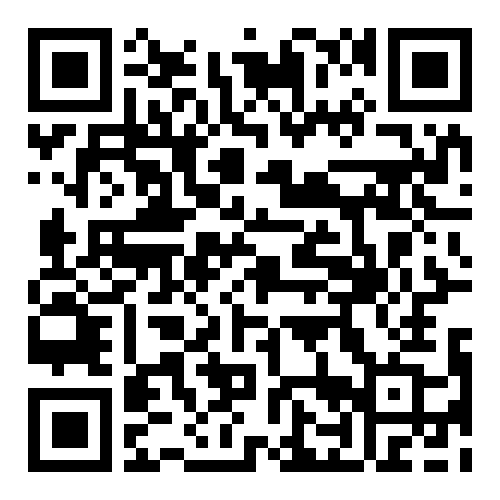Inspire Implant: a treatment for Obstructive Sleep Apnea in patients who cannot tolerate CPAP
what is the inspire implant?
The Inspire® Upper Airway Stimulation (UAS) system is an implantable nerve stimulator used to treat moderate to severe obstructive sleep apnea (OSA). The Inspire implant consists of implanted components including the implantable pulse generator, stimulation lead, and sensing lead. The implantable pulse generator detects the patient’s breathing pattern and maintains an open airway with mild nerve stimulation. The physician is able to configure the stimulation settings suited for an individual patient. The patient sleep remote allows the patient to turn therapy on before they go to sleep and to turn therapy off when they wake up.
How does inspire compare to cpap?
Aside from the fact that both Inspire and CPAP treat obstructive sleep apnea, they are otherwise very different. CPAP is a device with tubing and a mask used during sleep to stent open the airway with air pressure. Inspire is a surgically implanted stimulator that lifts the tongue off of the back of the throat to open the airway during sleep.
who qualifies for inspire?
Generally, insurance companies pay for Inspire when these criteria are met:
A sleep study completed within two years demonstrates an AHI (apnea-hypopnea index) or a REI (respiratory event index) between 15 and 45, and no more than 25% of apneas are central or mixed (central and obstructive).
Body mass index is less than about 35-39 kg/m2. Different medical insurance policies use a different number, and the BMI cutoff number may change over time for a specific insurance plan. Calculate your BMI here.
Non-tolerance of CPAP. Inability to use PAP (fewer than than 5 nights per week of usage; usage defined as less than 4 hours of use per night), or unwillingness to use PAP (after having attempted to use it).
Successful completion of a Drug-Induced Sleep Endoscopy (DISE), in which a patient demonstrates collapse of the throat more in a front to back direction than side-to-side or circumferential collapse.
Process for undergoing inspire implanT
Patients with obstructive sleep apnea, meeting the criteria 1-3 noted above should talk to their physician about options to treat obstructive sleep apnea. If a patient is interested in the Inspire implant, a clinic appointment with an ENT surgeon who performs this procedure may be scheduled for a history, physical examination and discussion. Drug-Induced Sleep Endoscopy (DISE) is performed in an outpatient surgery center. Medical clearance for surgery and insurance pre-authorization are standard protocol. Now, if all criteria are met, and after providing informed consent of the risks, benefits, alternative, and expected outcomes with the surgeon, surgery may be scheduled and performed. The device is not programmed (“turned on”) until one month from the time of surgery has passed to allow for healing. Clinical follow-up is necessary for monitoring effectiveness of the implant and possible adjustment of settings. The battery on the implant lasts for about 11 years, at which time, a smaller procedure (at the chest incision only) is undertaken to replace the battery.
How much does Inspire cost?
The short answer is that it would likely exceed your yearly out-of-pocket maximum payment as set by your medical insurance plan. If one is uninsured, or if insurance does not authorize payment, your surgeon’s office should be able to help attain an estimate. Learn more about financial aspects of medical care here.
What are my APPOINTMENTS after surgery?
1 week: suture removal and wound check in the office.
1 month: device activation and wound check in the office.
3 months: device titration sleep study
4 months: final wound check in the office.
Yearly: device check at office.
Every 11 years: battery replacement.
This page





